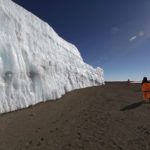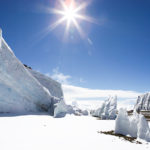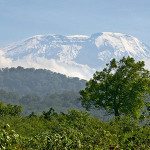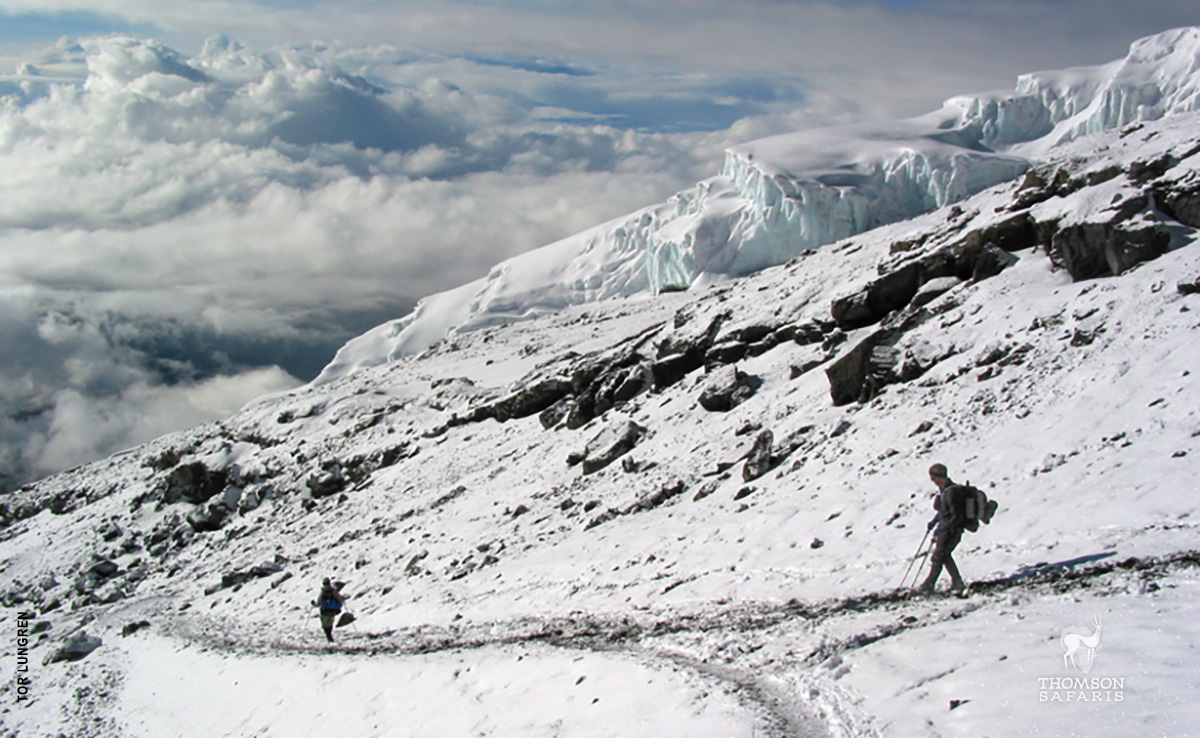
It’s hard to believe that there’s snow so close to the equator in Tanzania, but when you consider that Mount Kilimanjaro stretches 19,341 feet in the air, it becomes more comprehensible. Not only is there snow, there are fields of ice and infamous glaciers that attract tourists from every part of the world. Unfortunately, the glaciers are melting, and scientists have estimated that they’ll be gone by the year 2060.
Why are Kilimanjaro’s glaciers melting?
There are a number of contributing factors causing the glaciers to melt, but scientists point to climate change as one of the leading sources. Fewer clouds and snowstorms means Uhuru Peak has a front row seat to the sun’s burning rays.
Climate change aside, we can’t forget that Mt. Kilimanjaro is a volcano. Though it hasn’t been active for hundreds of years, the molten magma that exists far below its surface may be enough to slowly melt away the glaciers at its peak.
How can we stop the melting?
There’s no confirmed way of preventing the glaciers from melting, but we do know there are ways to fight climate change. Traveling sustainably can help ease the effects of human presence on the mountain. Thomson Safaris has set the standard for responsible travel on Kilimanjaro, and adheres to strict Leave No Trace ethics.
Here’s how we do our part to minimize our imprint and offer our guests a green trek:
- Source food locally. By sourcing local crops, camp crews are able to use organic ingredients and reduce emissions used to transport food.
- Use solar power. Solar-powered lighting is used in the dining tents in place of battery-operated lighting, which can harm the environment.
- Recycle fuel. Leftover oil from the vehicles used in Tanzania is used to fuel the ovens in the camp kitchens.
- Recycle trash. Recycling programs are limited in Tanzania, so the camp staff helped launch one to help trekkers and locals remove their trash.
- Remove waste. Thomson Safaris’ owners pay Tanzanian staff members bonuses for every kilo of trash they take down from the mountain.
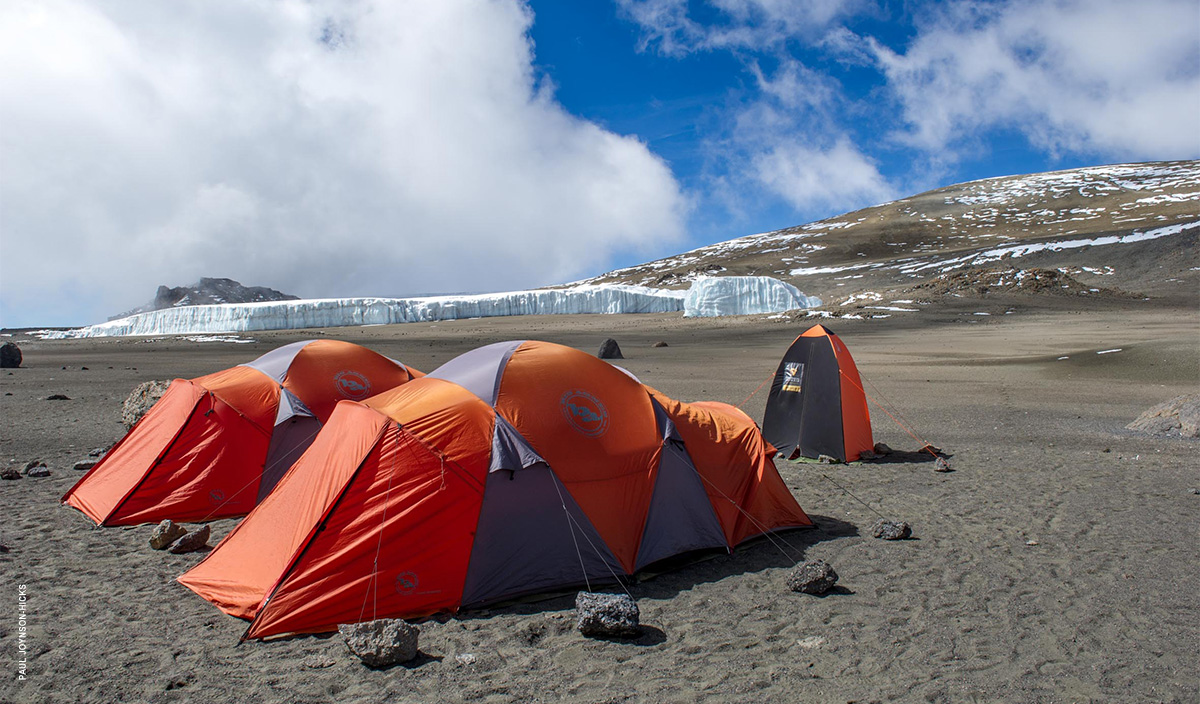
Still, the question isn’t if the glaciers will disappear, but when. That’s why now is the best time to see them firsthand. On our most popular trek, the Western Approach, you could sleep among the glaciers during a night in Crater Camp. Contact us to learn more.


